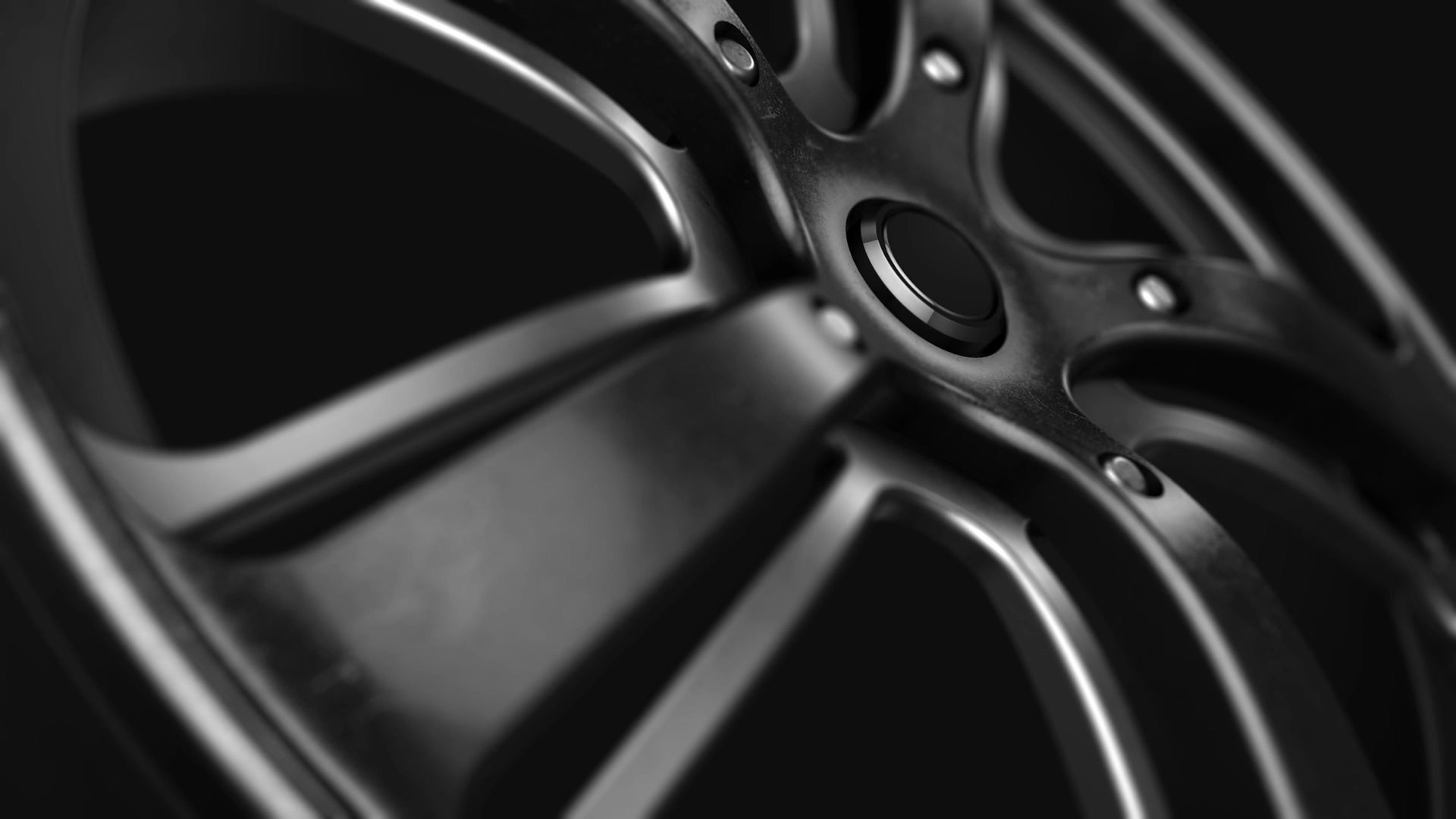Environmental protection requirements in the tire balancing machine industry
- enze6799
- Oct 16
- 2 min read
Environmental Compliance Requirements for the Tire Balancing Machine Industry
The tire balancing machine industry, as a critical component of automotive aftermarket services and tire manufacturing, must adhere to evolving environmental regulations. These requirements span production processes, waste management, and energy efficiency, ensuring alignment with global sustainability goals.
Production Process Controls
Tire balancing machines rely on precision components such as motors, sensors, and control systems. Manufacturers are required to implement clean production technologies to minimize emissions during assembly. For instance, advanced filtration systems for airborne particulates generated during metal processing and electronic component manufacturing are mandatory.
In regions like the European Union, facilities must comply with the Industrial Emissions Directive (IED), which mandates real-time monitoring of volatile organic compounds (VOCs) and particulate matter. Chinese regulations, such as the "Tire Industry Access Conditions", further emphasize the use of low-VOC coatings for machine enclosures and energy-efficient motors to reduce carbon footprints during operation.
Waste Management and Circular Economy Practices
The industry generates electronic waste (e-waste) from obsolete sensors and control panels, as well as metal scraps from machining. Proper disposal and recycling are enforced under frameworks like the EU Waste Electrical and Electronic Equipment (WEEE) Directive. Manufacturers must partner with certified recyclers to handle e-waste, ensuring hazardous materials like lead and cadmium are safely extracted.
Metal scraps, often from aluminum or steel components, must be recycled at facilities meeting ISO 14001 standards. Additionally, lubricants and coolants used in machining processes are subject to chemical management regulations, requiring non-toxic alternatives and closed-loop systems to prevent soil and water contamination.
Energy Efficiency and Carbon Reduction
Energy consumption during machine testing and calibration is a focal point. Regulations demand the adoption of IE3 or higher efficiency motors, reducing electricity use by up to 30% compared to older models. Facilities are also incentivized to install solar panels or purchase renewable energy credits to offset operational emissions.
In China, the "Green Tire Industry Development Plan" encourages manufacturers to integrate IoT-based energy management systems. These systems optimize power usage by adjusting machine speeds based on real-time demand, aligning with global trends toward Industry 4.0 and smart manufacturing.
Compliance with International Standards
Beyond regional laws, the industry must adhere to ISO 50001 (Energy Management) and ISO 14064 (Greenhouse Gas Accounting) to demonstrate commitment to carbon neutrality. Certifications like EPEAT (Electronic Product Environmental Assessment Tool) are increasingly sought by buyers to verify compliance with lifecycle environmental criteria.
Adaptation to Emerging Regulations
With the EU’s Carbon Border Adjustment Mechanism (CBAM) and China’s "Dual Carbon" goals, manufacturers face pressure to disclose Scope 1 and 2 emissions. Proactive measures, such as transitioning to hydrogen-powered forklifts for warehouse operations and sourcing recycled plastics for machine housings, are becoming industry norms.
By prioritizing these environmental requirements, the tire balancing machine sector can align with global sustainability agendas while maintaining competitiveness in eco-conscious markets.





Comments